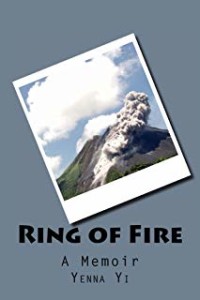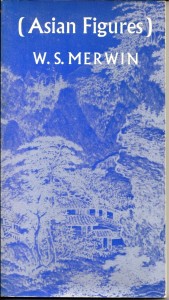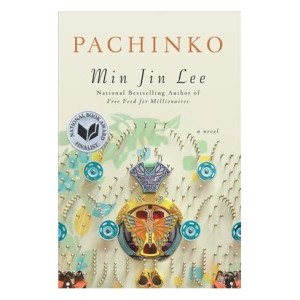One reason I like to read memoirs and biographies is simple curiosity about other people’s lives. I even like reading memoirs that were written primarily to leave a record for children and grandchildren. Those of us who have been around for a while have seen a lot and thought about our experiences. Perhaps we’ve traveled widely or never left the county where we grew up.
Yenna Yi is one who has traveled much. In this memoir she describes growing up in Masan, a small village in South Korea, with her grandmother, mother, and cousins who joined them near the end of the Korean War. Her father died when she was one. The war and the poverty that followed it shaped her childhood, though she also recounts happy times playing with other children and shopping with her grandmother. Their one-room home was a clean and happy one.
After her first year at university, Yenna flew to Thailand for summer break to visit her mother who had remarried and moved there with her German husband. On impulse she transferred to university in Germany. There she met Steve, who would become her husband, and they eventually moved to Hawaii.
While curious about all of this, it is their life after the move to Hawaii that really fascinated me. They built a catamaran, which became home for them and their two sons for the next 12 years. They sailed around the southern part of the Ring of Fire, a horseshoe-shaped belt of volcanoes, some active, around the Pacific, taking in the costs of the Americas, Japan, the Philippines and New Zealand, with Korea barely outside.
With each island, large and small, Yenna gives us a bit of the history, some description, and a taste of their adventures: picnicking on Bora Bora, riding ponies on Niafu in the Tongan Islands, visiting Robert Louis Stevenson’s grave on Western Samoa. I kept thinking of the children and what a magical childhood—despite gales and panicked moments at sea: wind-surfing and caving on Fiji, visiting a live volcano on Vanuatu, and skiing on Mt. Hood in New Zealand.
Eventually Yenna ended up in New England where I met her. So much living crowded into one short book! I especially loved all the photographs. Intriguing as it is, the book left me wanting to know more. And wondering if I’ve been too cautious in my own life. What a world of wonders there is out there that I, with all my traveling, have never explored!
I was interested, too, in her reflections on the effects of war and greed in the countries where she lived and visited. Those of us who live in the U.S. have been spared such experiences, but she describes things such as a once-thriving port city reduced to rubble, indigenous peoples decimated by disease and discrimination, corrupt dictators leaving their population mired in poverty.
If you’re looking for something different, something that will take you around a good part of the world and human nature, try this memoir.
Have you read a memoir that took you to other lands?
Disclosure of Material Connection: I received a copy of this book free from the publisher. I was not required to write a positive review. The opinions I have expressed are my own.



